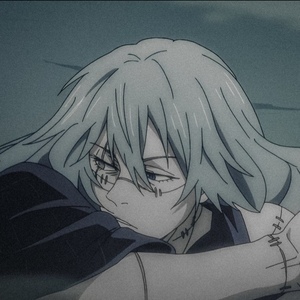29516377
Placing Illustrations
Description
No tags specified
Resource summary
Slide 1
Guide the Reader’s Eye
People tend to read from the top left toward the bottom right on a page. This is true whether they’re reading a page of printed material or an electronic page on the Internet. You can take advantage of such directional reading by designing a layout that emphasizes this reading pattern. For example, you might choose to place one illustration in the top left corner of the page and a second illustration at the bottom right corner. Then you can place the text in vertical columns between the two illustrations. This layout helps to pull the reader’s eye from the top left of the first column to the bottom of the last column. Since this is the easiest and most natural reading pattern, chances are your reader will understand and retain more of your message.
This technique is especially useful when you’re trying to reinforce a product name or company logo. For example, in a multipage brochure, you might change the upper illustration on each page, but keep the lower image the same on each page. As the reader turns pages, this message is impressed on him or her consistently.
Slide 2
Wrap Text around Graphics
Illustrations aren’t always framed in square or rectangular boxes. Instead, illustrations should sometimes be allowed to define their own image area by letting the text wrap around them. Most desktop publishing programs can automatically wrap text around graphics in this way. The result is text lines of irregular length shaping themselves around the outline of the illustration. These irregular lines are called runarounds, and they tie the illustration and text together.
Slide 3
Sometimes a callout is used to describe an important feature of an illustration. A callout (also called a label) is usually connected to the illustration with rules or arrows. You’ll find callouts in business documents such as advertisements, promotional pieces, and assembly manuals. Figure 33 presents an example of callouts. When several callouts are used with a single illustration, try to obtain visual balance by distributing the callouts on all sides of the illustration.
Callout / Call Tags
Want to create your own Slides for free with GoConqr? Learn more.

